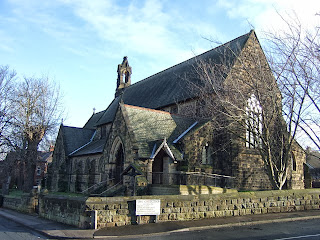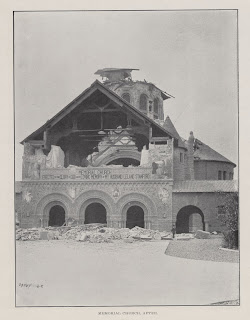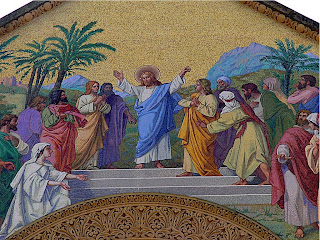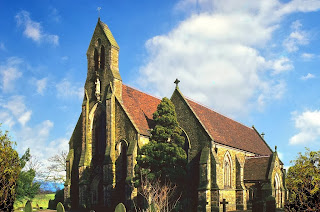The floor and walls of the palace's saloon were decorated with Salviati mosaics, which were ordered in 1860 at the cost of about 250,000 francs. Unfortunately, by 1878 the palace was a "bulbous ruin".
The abandoned palace compound at Mex, 1870.
Illustration of the entry gate at Mex palace.
Map of Alexandria from 1908. Meks is on the lower left.
Sources:
Salviati, Antonio. On Mosaics (generally). Leeds, 1865. 42.
Barr, Sheldon. Venetian Glass Mosaics: 1860-1917. London: Antique Collectors' Club, 2008. 132.
Salviati, Antonio. Les manufactures Salviati & Cie à Venise et Murano. Mosaïques, verres Paris, 1867. 15.
Rogers, Edward Thomas. "The Land of Egypt." The Art Journal. London: D. Appleton & Company. 5. 1879. 68-70.
Lane-Poole, Stanley. Social Life in Egypt: A Description of a Country and Its People. 5. New York: P.F. Collier, 1884. 117-120.
Allatson, Wendy. Egypt. New York: Alfred A. Knopf, 1995. 546.
Burton, Richard Francis. The gold-mines of Midian and the ruined Midianite cities. London: C. Kegan Paul & Co. 1878. 4.
Wikipedia
usbpanasonic's flickr Photostream



































